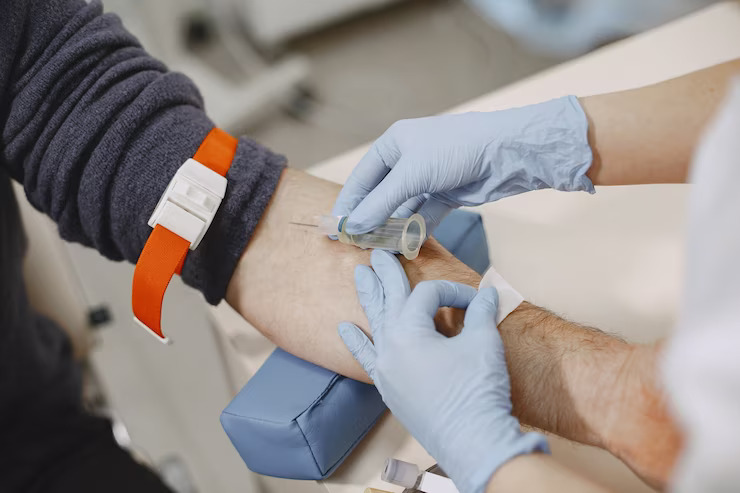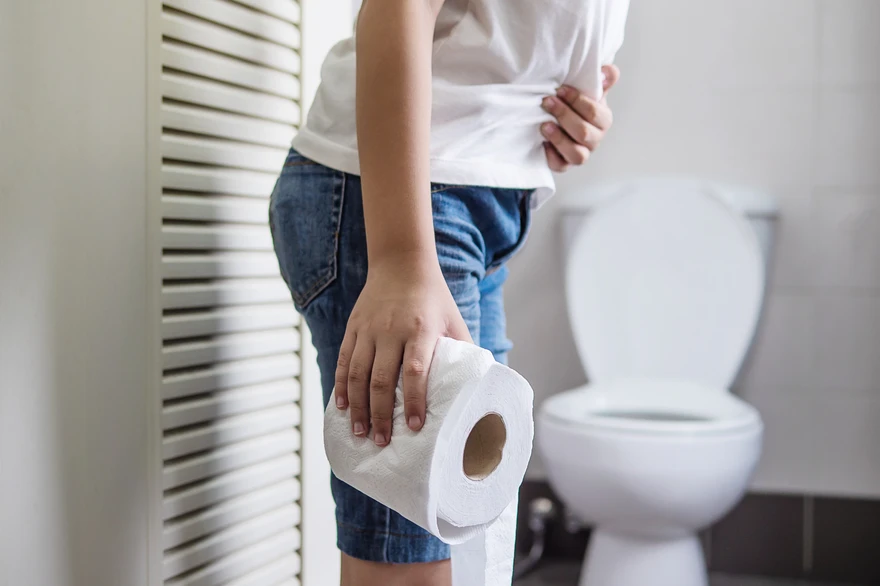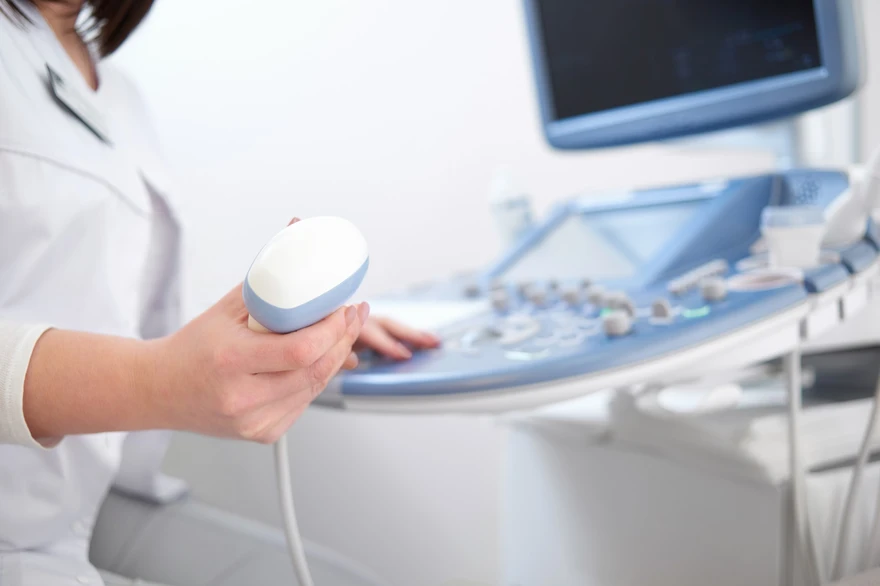Preventive Healthcare
Haemoglobin A1C (HbA1c) Test: Normal Levels, Uses and Procedure
24193 Views
0

What is The HbA1c Blood Test?
The Haemoglobin A1c or HbA1c test is a common blood test done to check the amount of blood sugar levels in the body. The results of the HbA1c test help diagnose prediabetes, Type 1 or type 2 diabetes.
The haemoglobin protein found in blood cells is responsible for transporting oxygen throughout the body. Blood glucose combines with a specific type of haemoglobin known as haemoglobin A. This combination forms a molecule called glycated haemoglobin.
The HbA1c test measures your average blood sugar over the past 2-3 months by checking the amount of glycated haemoglobinv. Therefore, the test is also known as the glycosylated or glycated haemoglobin test.
When glucose or blood sugar levels are high, it increases the formation of glycated haemoglobin. The average red blood cell lives up to 120 days or about 3-4 months. Hence, an HbA1c test can only detect a fair estimate of the blood sugar levels in the last 2-3 months.
Who Should Take The Haemoglobin A1c Test?
The haemoglobin A1c test can be performed on everyone. It is a routine test that detects glycated haemoglobin levels. If you are already diagnosed with diabetes, it is recommended to routinely get an HbA1c blood test done.
If you are under the age of 45, an HbA1c test is recommended when,
- The results are normal, and the test is asked to repeat every 3 years.
- The results show prediabetic, and the test is asked to repeat every 1-2 years.
- If the results are diabetic, then an HbA1c test is recommended at least twice a year.
If you are over the age of 45, an HbA1c test is recommended,
- When there is a family history of type 2 diabetes.
- In cases of obesity, lack of physical exercise.
- If there is a history of heart disease or stroke.
- If you have increased blood pressure or cholesterol.
- If you have prediabetes/ history of gestational diabetes or PCOS.
The HbA1c test is also recommended if you are showing symptoms of diabetes, such as
- Increased thirst, hunger, and frequency of urination
- Unexpected weight loss
- Having more infections than usual
- Sores that heal slow
- Dry skin
- Excess fatigue
- Blurred vision
- Numbing and tingling of hands and feet
How is The HbA1c Test Done?
The HbA1c test can be done at any time and requires no prior preparation. There is no need to undergo fasting before the test either.
To perform the HbA1c test, a sample of blood is drawn from a vein in the arm and collected in a test tube or vial. You may feel a slight sting when the needle is inserted. The collected blood sample then goes to the laboratory for testing.
There are very few risks associated with a haemoglobin A1c test. You may have slight bruising or pain at the spot where the needle was inserted.
What are The Uses of The HbA1c Test?
The HbA1c test works more than just being a diagnostic test. It has several uses, such as
- It is used to diagnose prediabetes, Type 1 and type 2 diabetes. Lifestyle changes made at this point can help prevent the progression of diabetes.
- It is recommended for adults over 45 years old for a routine check-up.
- It operates as timely monitoring of HbA1c levels for people with diabetes.
- It is used to screen for gestational diabetes.
What is The HbA1c Normal Range?
The results of the HbA1c test are obtained in percentage. This lets us know the percentage of haemoglobin coated with glucose. The normal range varies based on age, comorbidities, and the medical history of the person.
For instance, for a healthy individual with no diabetes, the HbA1c range is below 5.7%. A1C between 5.7% and 6.4% indicate prediabetes, and A1C of 6.5% or higher indicates diabetes. In some cases, when the test result is higher than normal, even when you don't have diabetes, a secondary test is done to confirm the levels. Either a repeat HbA1c blood test or a different type of test such as the oral glucose tolerance test (OGTT) is conducted.
The HbA1c normal range if you have diabetes is ideally 48 mmol/mol (6.5%) or below. This is routinely done to monitor and prevent sugar levels from flaring up. In case of an increase in blood sugar levels, a combination of diet, exercise, and medication is recommended to bring the flared levels down.
HbA1c Target Levels
The target level for a healthy person without Type 1 or type 2 diabetes should be a score below 5.7 per cent.
If you receive a score of 6.5 per cent or higher on the HbA1c blood test, it is an indication that you may have diabetes. There is no set 'target' level for any population, rather the target differs based on age, medications taken, and so on.
For instance, if you are a normal healthy individual, you may be asked to keep your HbA1c test score below 7%. But the same cannot be asked for if you’re older or have other comorbidities. Hence, the target level can differ based on patient history, doctor recommendations, and tracking of HBA1c levels over time.
Where Can I Get an HbA1c Test Done?
HbA1c blood test provides an insight into how your current blood sugar levels are and the values over the past 2-3 months. It's always best to go for trusted labs and safe services when you have to take an HbA1c test.
Healthcare providers can help interpret the result and provide recommendations on the duration until the next test. Do you need a haemoglobin A1c test but are unsure of where to get it done? Book an HbA1c test online and get tested within the comfort of your home!























 WhatsApp
WhatsApp